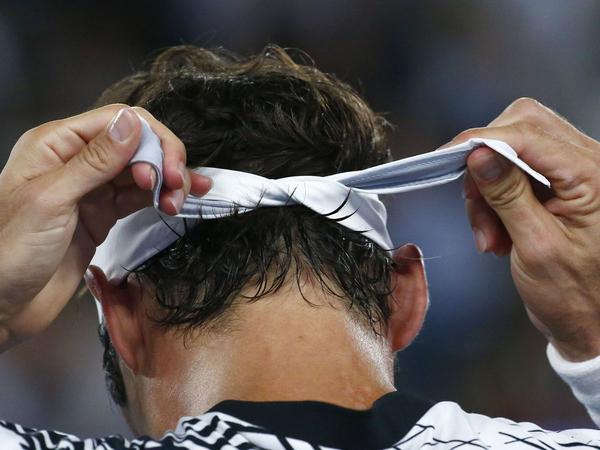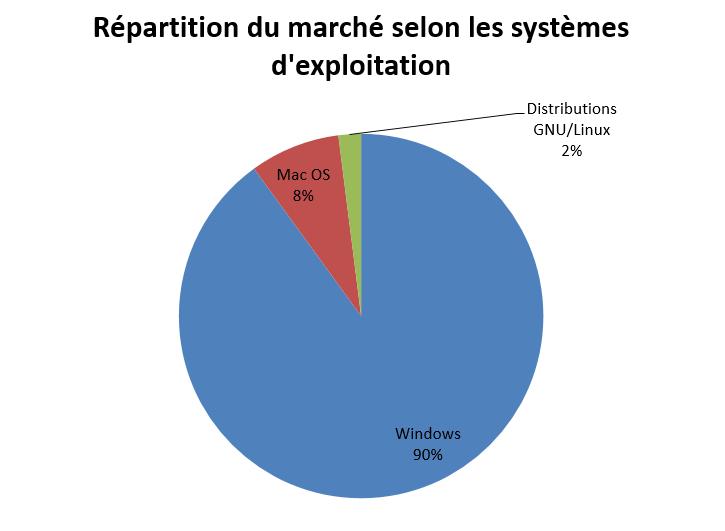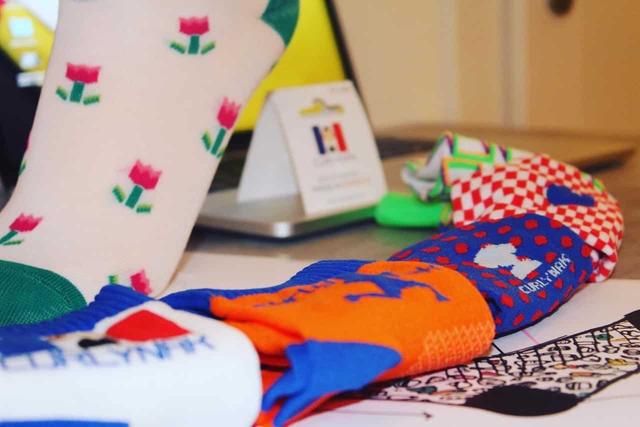Roland-Garros: where does the headband on the forehead of tennis players come from?
Half of the semi-finalists of the 2017 edition of Roland-Garros, men and women alike, wore a headband screwed on their forehead. Where does this trend come from, which has supplanted the bandana dear to Arnaud Clément and made the cap old-fashioned (upside down, for a long time, right side up, little by little, despite Andy Murray)?
The pioneers: the diva and the dandy
If tennis players still wear a headband today, they probably owe it to Suzanne Lenglen. At the time, the French diva preferred to wear the outfits of the greatest fashion designers rather than fussing over sports clothes. In 1919, the couturier Jean Patou had the idea of styling her with a wide tulle headband. The accessory is all the rage, on the courts as well as during social events. "I would have given anything to be able to see her play," says another headband wearer, Martina Navratilova, in the book Tennis Confidential II.
The craze around the headband suddenly dried up in France, when Suzanne Lenglen succumbed to the sirens of professionalism, tarnishing a reputation with which she had little to do, says the New York Times in 1927. On the other side of the Atlantic, his decision did not cause a scandal and the bandeau continued to flourish on the courts. This is how a tenniswoman wearing a headband made the cover of Vogue in 1938.
Pretty for ladies, the bandeau is reserved for marginalized men. However, there are traces of players wearing headbands from the 1950s. The most famous of them is called Torben Ulrich. The Metallica drummer's father, but not only. A Danish dandy, tennis player by day (well, in the afternoon), party animal foaming the clubs of Saint-Germain-des-Prés at night, remained thirty years on the circuit, and who gave up all idea of cutting beard and hair. For him, the headband is not there to improve performance, but rather to look pretty.
Borg, the man who made the headband cool
It wasn't until the 1970s, when men finally allowed themselves to wear long hair, that the headband became mainstream. Björn Borg makes a symbol of his white, blue, red Fila headband. The Italian SME is becoming a global brand, even though it does not even supply the Swede's shoes. The five-time Wimbledon winner is a school: the best players of the time – Guillermo Vilas, John McEnroe… – never walk around with their hair in the wind.

Their advisors very quickly identify the commercial potential of a blank space on the foreheads of their proteges. Manager Ion Tiriac auctions the skull of his foal Vilas. Ford offers a million dollars a year, but the deal falls through at the last moment, recalls the book The Courts of Babylon. A little less greedy, the front of Borg will advertise for less sporting causes, such as Tuborg beers. At the time of its splendor, "Iceborg" pocketed 2 million dollars annually from all sponsors, before having given the slightest stroke of the racket.
Borg's influence will carry over to the next generation. Freshly debuted at the 1990 US Open, 16-year-old Monica Seles told the New York Times that she put on her first headband the day she touched her first racket, ten years earlier, to look like the Swede. Her forehead already sold, the Yugoslav who has become a professional will also market her hair, by signing a partnership with a brand of shampoos. But Seles' taste for hair experimentation – look at the photos of her three successes at Roland-Garros (1990, 1991, 1992), each time she has a different hair color – will compromise this partnership over time.
A way to stand out
Following Borg, players will use the headband to differentiate themselves. When he won Wimbledon in 1987, Pat Cash sported a magnificent black and white checkered headband. Nothing to do with the waved flag at the end of the Formula 1 Grand Prix, it is a tribute to the musician of the group Cheap Trick, who plays on a guitar with the same motif. The accessory is becoming trendy in Australia, homeland of Pat Cash, where TV presenters wear it live to celebrate his victory. Some even attribute magical power to it. Disturbing fact: during the final of a veterans' tournament in Belgium, the volcanic Croatian Goran Ivanisevic, then badly embarked, steals his opponent's checkered banner... and does not lose (practically) a point, tells Inside Tennis. "It really works! I'll ask Pat for some."
Today, such a headband would no longer even be allowed at Wimbledon, which toughens its clothing policy every time. "My headband is illegal due to the new rules, which allow 1cm of color. Any ideas for another design?" Cash asked on Twitter in 2014.
The following year, a compatriot of Pat Cash, Nick Kyrgios, had to return his headband… official product of the tournament shop, sporting the green and purple colors of the British grass tournament.
Federer, never without his headband
The headband goes through the ages. In the 1990s, Andre Agassi used it to maintain his wig, one of the accessories of his grunge period. In 2008, having gone bald early, the Kid from Las Vegas gently scratched the hairy Roger Federer, who had been taming his mop with the help of a headband from an early age. "Do you know that if you cut your hair, you won't have to wear that thing anymore?" Agassi told him during an exhibition match in Indian Wells. But for Federer, this strip of cotton a few centimeters wide has only a distant relationship with coquetry.
The banner always represents a great advertising space, because it is necessarily present in the photo. There are thus twelve Nike acronyms on the body of Rafael Nadal today, an exclusivity which costs 10 million dollars annually. It's three more for the Swiss, who does not separate from his headband, even to pose in a room at the All England Club.
Is the forehead of the tennis players doomed to be sold off forever to the merchants of the temple? Even the patriotic headband is losing steam. In 1995, ex-Canadian Greg Rusedski, naturalized British, wore the Union Jack on his forehead for Wimbledon. At the end of the 2000s, Kei Nishikori, the first Japanese to break through at the highest level, got his hachimaki, the traditional headband, from a sponsor.







